England has become famous around the world for its castles due to the long history behind them. As England has been invaded many times the castles hold the history of battles, sieges and many rebuilds over time.
A lot of these have become beloved attractions for tourists and locals allowing the public to visit and learn about the rich history. Hundreds of castles still stand in England, but here are the best castles to visit in England:
1. Corfe Castle

Standing on a natural hill in Dorset guarding the main route through the Purbeck Hills you will find Corfe Castle.
It’s had quite a colorful history too; it’s thought that the original castle buildings would have been built with wood, it’s in this version of the castle that King Edward was murdered by his step-mother in 979 so that her son, Ethelred the Unready could become king.
It wasn’t upgraded to stone until the latter half of the 11th Century by William the Conqueror. For six hundred years, after it was converted to stone, it was used as a royal fortress for the monarchs of England.
Around 1572 the castle was sold by Queen Elizabeth I to Sir Christopher Hatton, but was later bought by Sir John Bankes, the Lord Chief Justice at the time, in 1635 to use as a private residence. It remained in possession of the Bankes family until 1982 when Mr H.J.R Bankes signed it over to be part of the Kingston Lacy and Corfe Castle Estate with the National Trust.
2. Leeds Castle
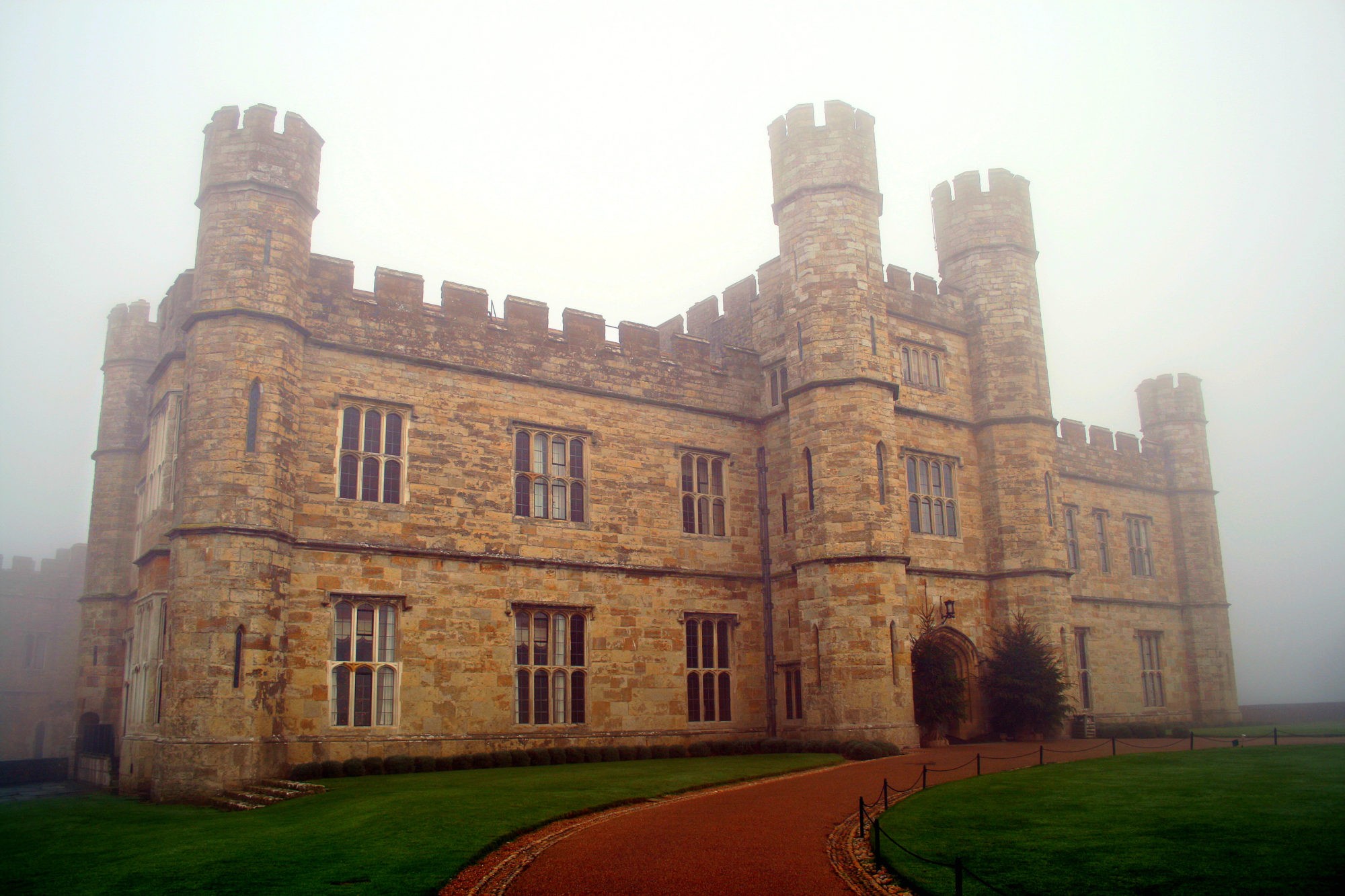
Despite its name, this castle is actually situated in Kent, just 5 miles Southeast of Maidstone. There has been a castle on the site since 1086, with the first stone castle being built by a Norman Baron during the reign of William the Conqueror’s son Henry I in 1119.
King Edward I owned the castle in the 13th Century and it became a favorite residence of his, and in the 16th Century, Henry VIII used it as a dwelling for his first wife, Catherine of Aragon.
The current castle’s remains date mostly from the 19th Century and it has been open to the public since 1976. There is a lot of history to discover when you visit the castle and they often host events there, so keep an eye out for anything fun. When you’re there you can also visit the maze, which is one of Kent’s most famous, and see falconry on the grounds.
3. Warkworth Castle
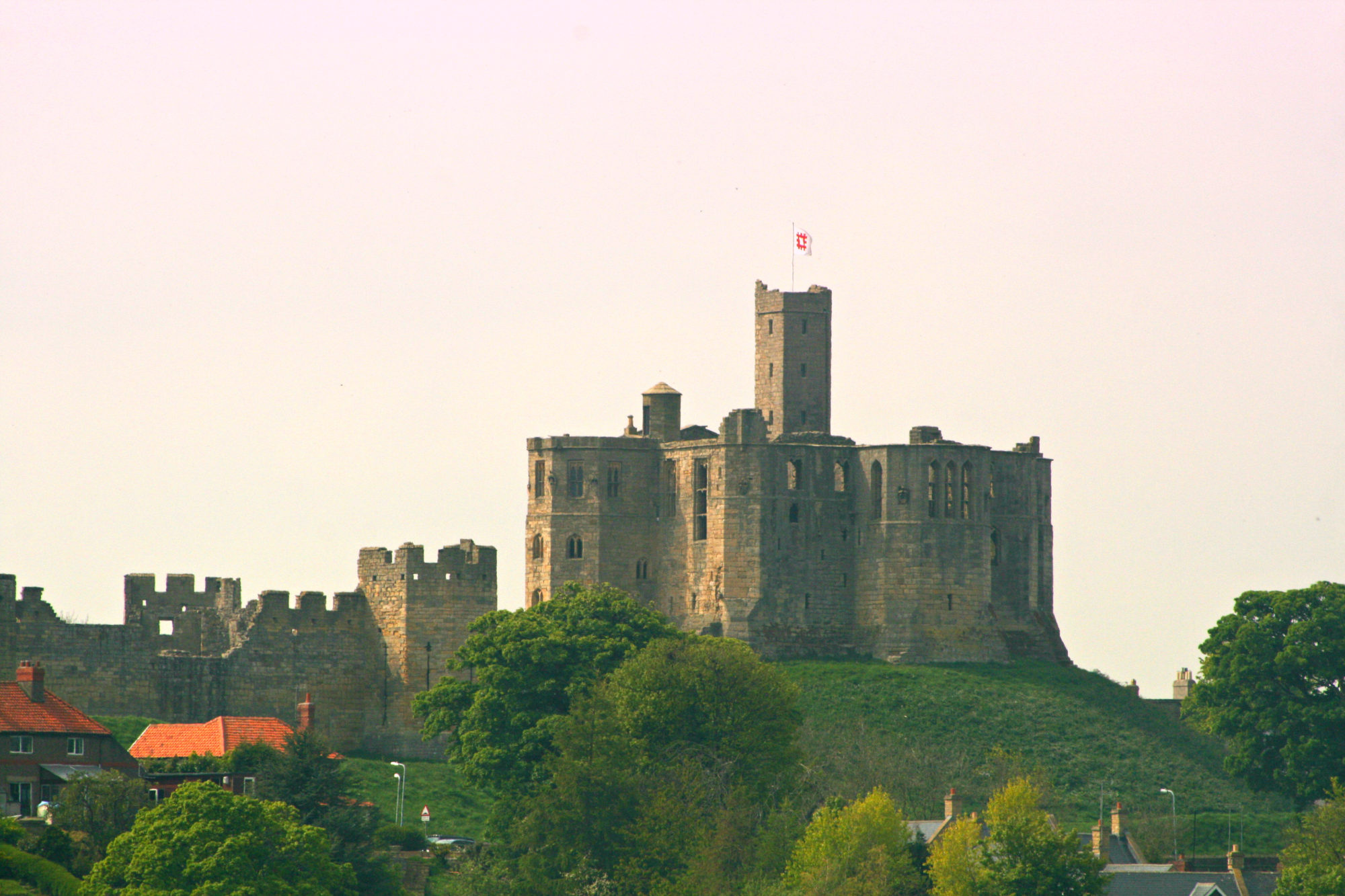
A ruined medieval building in Warkworth. The date of the castle’s foundations remain unknown, but it’s thought that there was probably a residence on the foundation that belonged to the Anglo-Saxon Earls of Northumbria before the Norman Conquest of 1066.
However, the first written record of the castle didn’t occur until around 1157 in a charter where Henry II granted the castle and manor to Roger Fitz Eustace. From the late 13th Century, Warkworth Castle and others similar castles played an important role in the war between England and Scotland, this means that royal funds were put into the upkeep of the castle. Despite the defenses of the castle improving in 1323, it was besieged by the Scots in 1327.
In 1332 the castle was passed to Henry Percy, 2nd Lord Percy, as granted by Edward III. It stayed property of the Percy’s until the 1600’s when the 9th Earl, Henry Percy, was arrested and imprisoned for his involvement in the Gunpowder Plot of 1605.
It was declared a scheduled ancient monument in 1915. This is definitely one of the more historically-rich castles to visit in England!
4. Warwick Castle
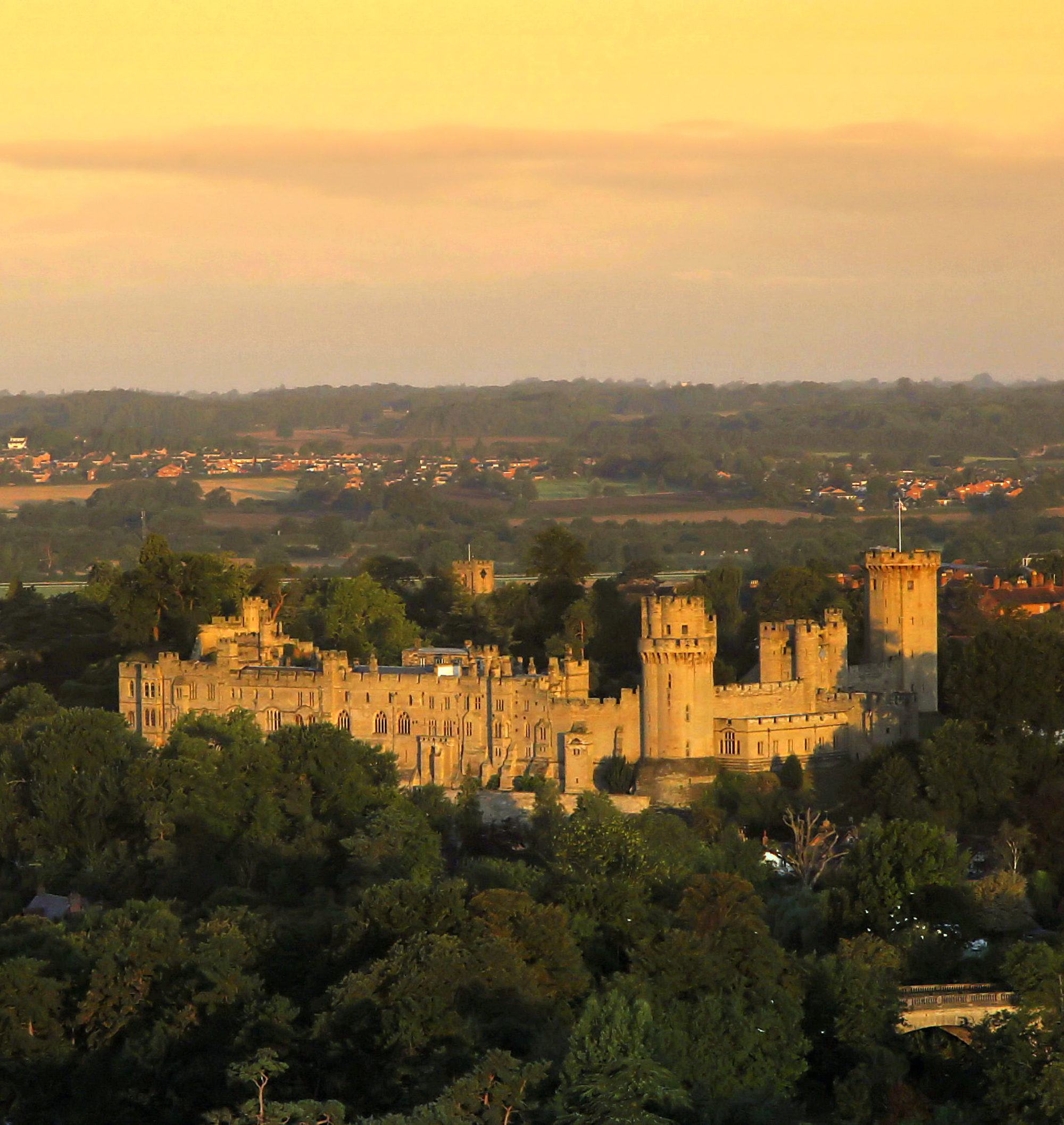

Another medieval building, Warwick Castle was originally built by William the Conqueror in 1068, and it was rebuilt in stone in the 12th Century.
It was used as a stronghold until it was granted to Sir Fulke Greville by James I in 1604, he converted it into a country house and it stayed in his family until 1978 when the Tussauds group bought it over.
Now, Merlin Entertainments operates in the castle on a renewable lease. This makes it great for kids as they often run events depicting the history of the castle in interactive ways, including war reenactments, jousting etc. This is probably the most commercialized of all the castles to visit in England, but it is still worth a visit—especially with kids.
5. Bodiam Castle
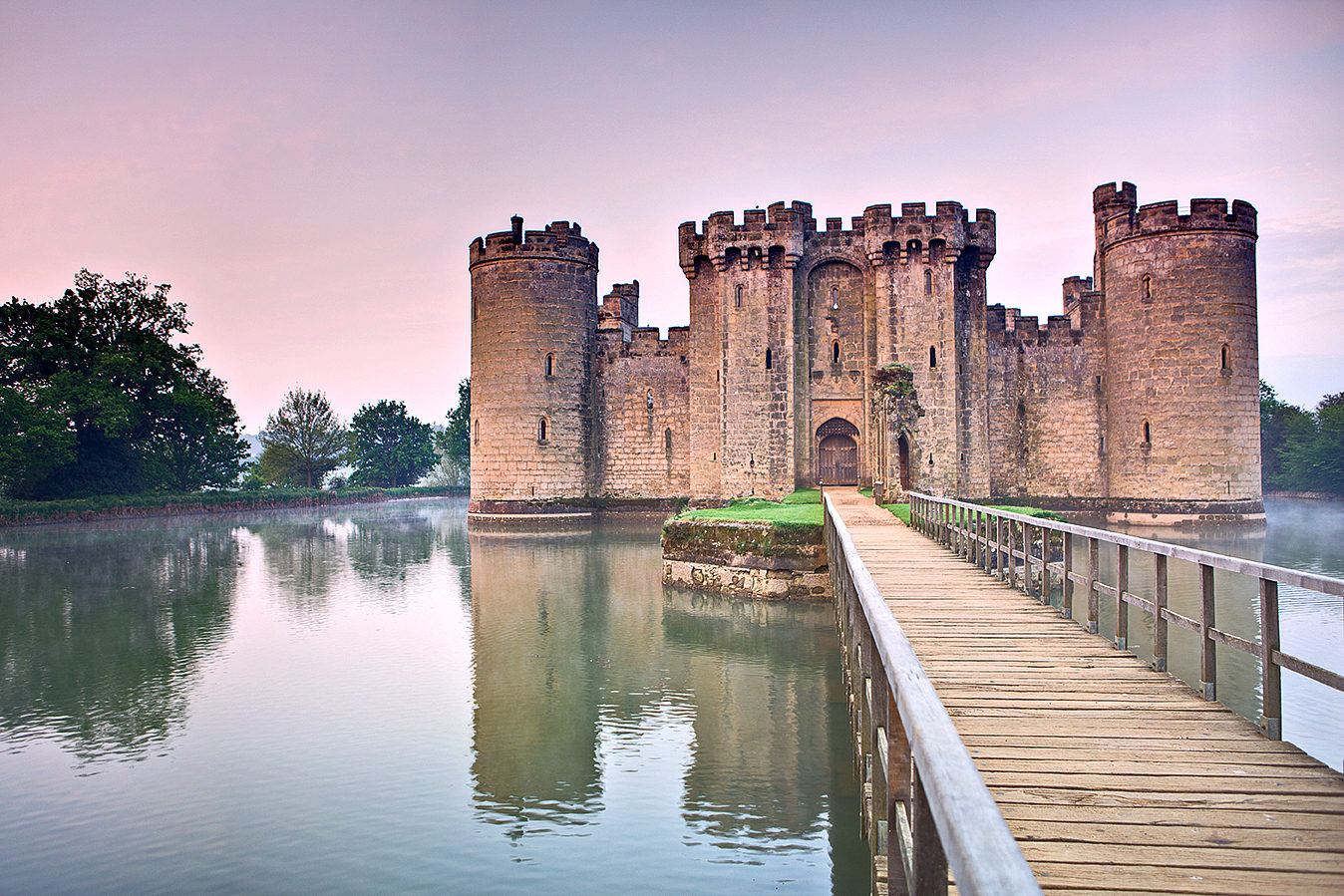

A 14th Century moated castle in East Sussex, built by Sir Edward Dalyngrigge in 1385 with the permission of Richard II. It was built to defend the area against the French invasion during the Hundred Years War.
The castle has no keep, but does have various chambers built around the outer defensive. The Dalyngrigge family owned the castle until their line became extinct and was then passed by marriage on to the Lewknor family.
During The War of The Roses there were orders from Richard III to besiege the castle, it’s unrecorded whether it all went ahead, but it’s thought that the castle was surrendered with little confrontation.
The Lewknors took back ownership of the castle until at least the 16th Century because, by 1641, it was in the possession of Lord Thanet, but he later sold it due to debts and it was in ruins, the castle was partially restored when it was sold to George Cubitt and even more so when Lord Curzon took it over.
It has belonged to The National Trust since 1925.
6. Dover Castle
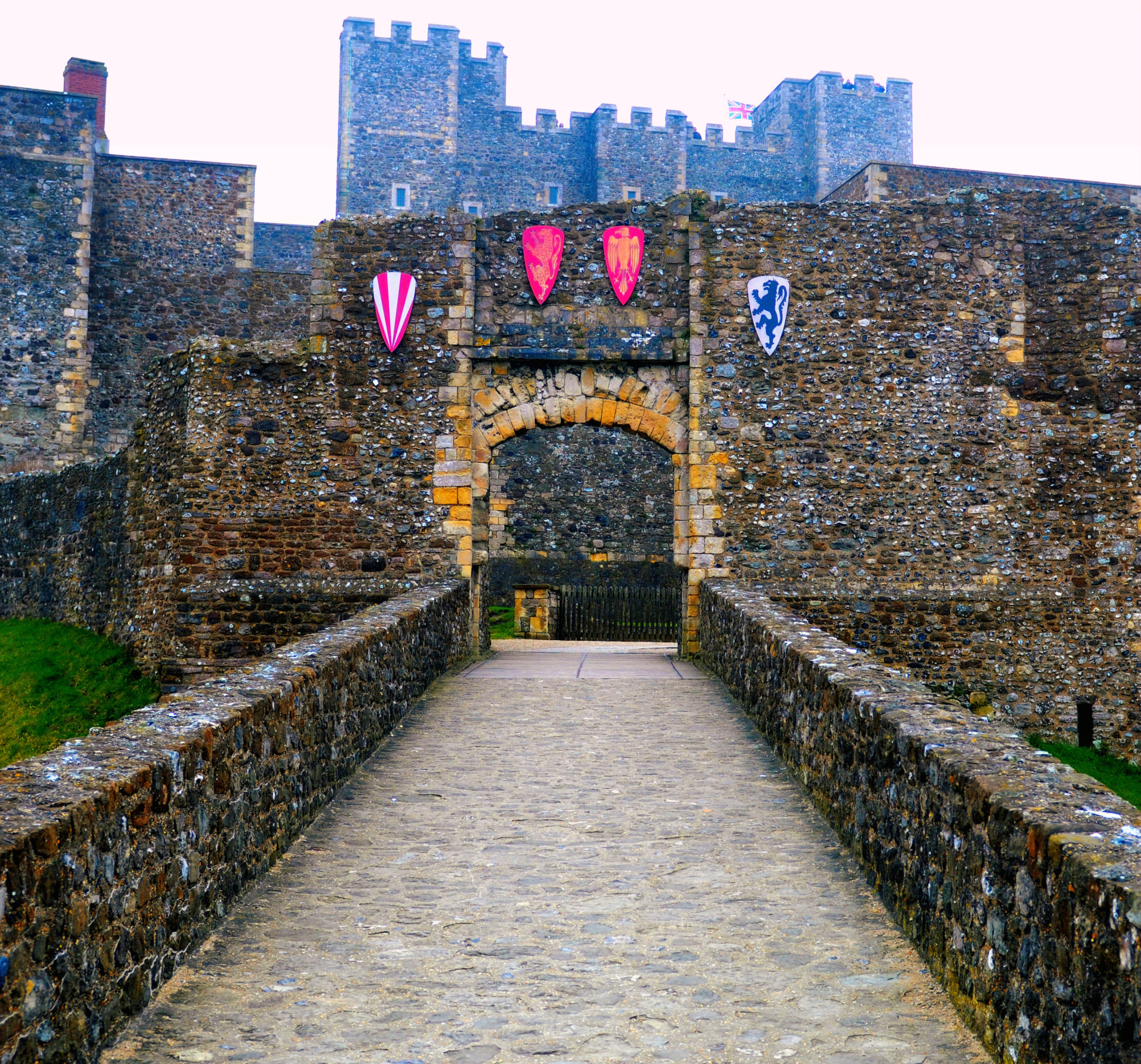

Another medieval castle in Dover, Kent and boasts being the largest of all castles to visit in England.
Often called the “key to England” due to its defensive significance throughout history. It’s thought that the grounds were originally fortified with earthworks during the Iron age due to the weird patterns of the earthworks which isn’t a perfect fit for a castle.
King Henry II began building the present castle in the 1180s and, over 800 years, all of its buildings and defenses were adapted to fit the needs of the times in terms of weapons and warfare.
In the 18th Century, England was facing the threat of invasion from France so they built a network of tunnels in Dover Castle to house the huge number of troops needed to man the castle. These tunnels were used in WWII, hosting a command center that controlled Navy Operations in the Channel, it was here that Admiral Bertram Ramsay organized the evacuation of British troops from Dunkirk.
They were also used during the Cold War as a secret location of one of Britain’s Regional Seats of Government.
Suggested next reading: 11 Of The Best Castles To Visit In Scotland That Simply Ooze History or Malbork Castle In Poland: The Largest Castle In The World

